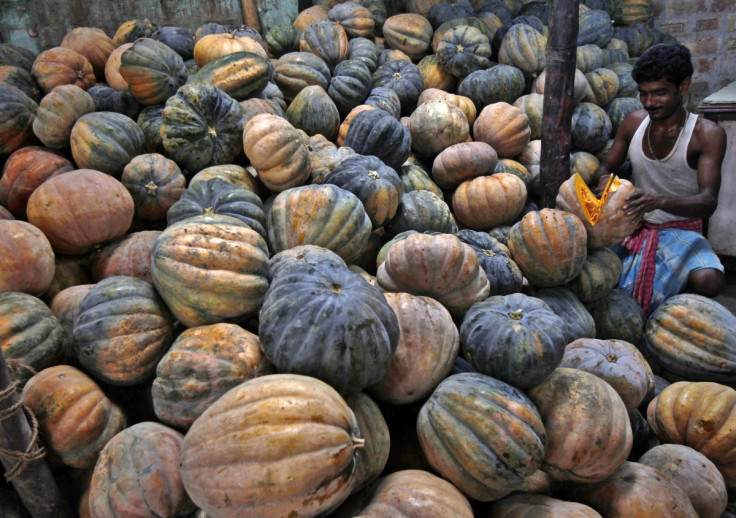Global Trade Growth Slows Again as Banks Fail to Meet Demand for Finance

Global trade volumes slowed for the third year in succession in 2013, with a lack of bank finance having a drag on commerce.
Growth slowed by 0.65% to 3.1% last year and while the slowdown was much less marked than that of 2012 (2.2%) it shows that the trade economy is lagging behind the underlying global economy, which has gathered momentum in each of the last few years, according to IMF data.
A report by the ICC's Banking Commission, however, predicts that strong growth will occur from 2014, with world trade picking up by 4% in the first quarter of this year, and expected to escalate to beyond 5% by 2016.
The statistics are drawn from Swift trade data – transactions which have been recorded on Swift trade messaging tools, used extensively throughout the world – and are included in the ICC's Global Survey 2014 on trade finance.
41% of respondents to the survey reported that there is a gap in global trade finance. In other words, supply of bank capital for trade is failing to meet demand.
The findings correlate well with other influential reports. The Asian Development Bank (ADB)'s trade finance survey found that "a gap in trade finance is represented by unmet demand for lending and guarantees to support $1.6tn [£932bn, €1.18tn] in trade, $425bn of which is in developing Asia".
The gap is being accentuated by Basel III capital holding requirements, which necessitate banks to hold a minimum level of liquidity, in an effort to limit the possibility of another Lehman Brothers'-style crash.
"65% of respondents stated that Basel III regulations have affected the cost of funds and the liquidity of trade finance. Within the export finance section of the Global Survey, 72% of respondents agreed that Basel III has made them more innovative as an organisation, although 69% also said it caused them to increase pricing for their customers," the authors wrote.
The ICC also corroborated the G20's recent report around the rise of protectionism in the developed world, saying that "these countries introduced 193 new trade restrictive measures between December 2012 and November 2013. Such restrictions – many of which are protectionist and therefore trade distorting – have stalled the agenda to open up world trade".
Notably, the report suggests a continued shift in the balance of global trade, with Asia Pacific registering 75% and 68% of the world's exports and imports, respectively. Further highlighting the rise of Asia was the fact that the Renminbi (RMB) was the second-most used currency in global trade finance, overtaking the Euro and behind the US dollar.
Given the slow pace of RMB internationalisation, however, this finding points to the growing influence of Chinese companies on the trade landscape, rather than a wider trend of RMB usage around the world.
Despite a general malaise catching up with emerging markets, the South-South trade corridor is still showing strong growth and is now accounting for a significant portion of global trade.
Speaking recently to IBTimes UK on the matter, Virginie O'Shea, senior analyst at the Aite Group, a research firm, said: "Until there's full convertibility there's not much chance for it [RMB] to make much of a dent globally. It could be 25 years before its internationalised, and that's predicated on economic growth in China and also on the People's Bank of China (PBOC) and other regulatory government bodies continuing on the path for internationalisation."
More than half of developing country exports since 2010 have come from Southern Hemisphere countries, with South-South jumping by 17% since 2010.
South-South trade accounted for over half of developing country exports since 2010. South-South trade has grown by 17% since 2001. South-South exports now represent 46% of the world total, up from 35% in 2001.
Chairman of the ICC Banking Commission Kah Chye Tan, also an executive at JP Morgan, said: "The market conditions today are best characterised as one with many different competing forces. Interest rates are at an all-time low which means that it is the best time for businesses to borrow but many banks are suffering from low margins due to excess liquidity."
© Copyright IBTimes 2024. All rights reserved.







